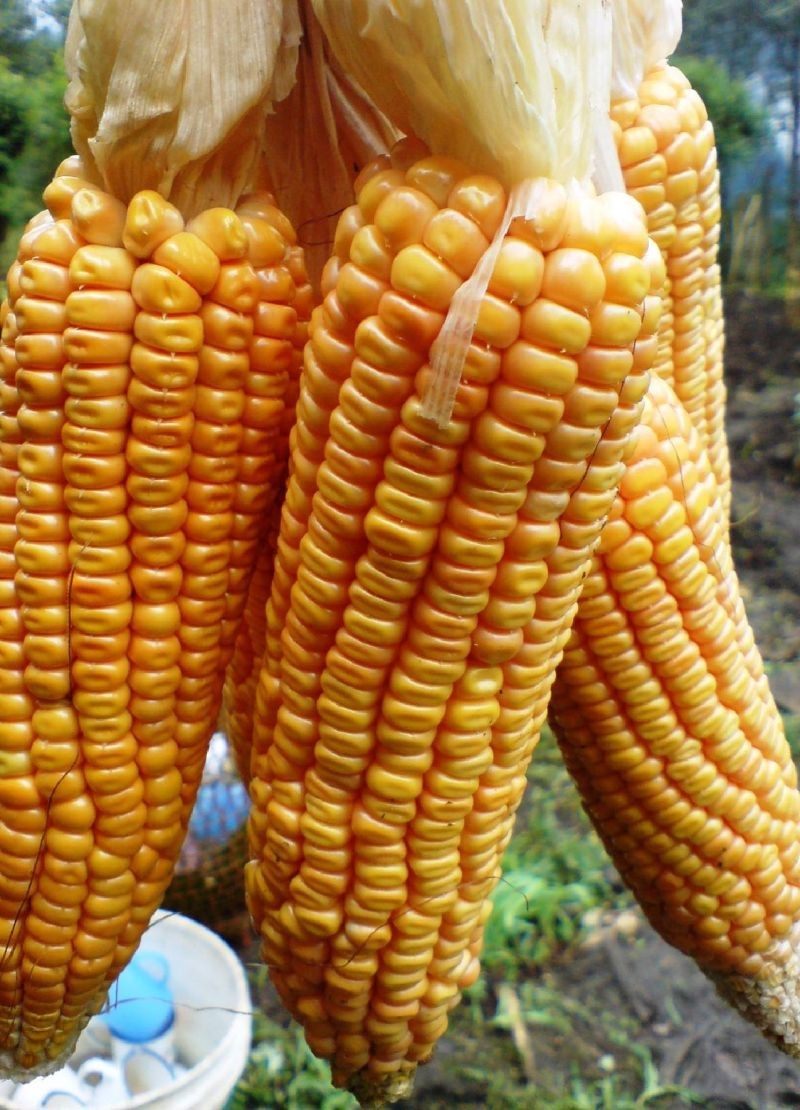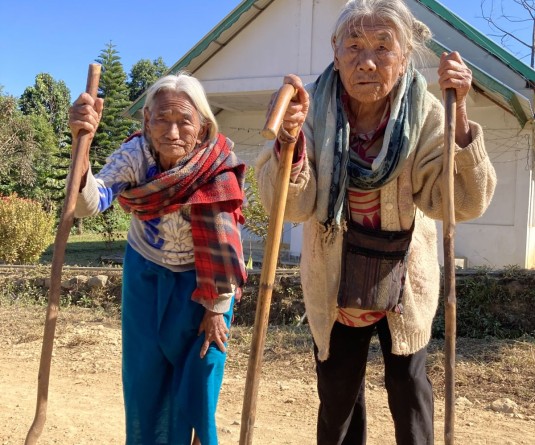
Maize (Zea mays L.) is an important cereal food and animal feed crop in many parts of the world. A small percentage of the crop is eaten as fresh maize, which is boiled or roasted as a snack. It is high yielding, easy to process, readily digestible and cheaper than other cereals. It is a good source of many nutrients including thiamine, pantothenic acid, folate, dietary fibre, vitamin, phosphorous and manganese (Nedi et al., 2016). Maize can be grown over a range of agro-climatic zones and this quality makes it a versatile crop. Quality Protein Maize is an improved variety of maize which contains higher amount of lysine and tryptophan with lower amount of Leucine and Iso-Leucine in the endosperm than those contained in normal maize. Such balanced combination of amino acids in the endosperm results into its higher biological value ensuring more availability of protein to human and animal than normal maize or even all cereals and pulses (Singh, M. 2021).
The QPM variety HQPM-1 was first evaluated in Adaptive trial in NICRA village Thipuzu. Owing to the satisfactory performance and wide adaptability, it was decided to popularize the QPM through demonstrations in farmer’s field. Programme of conducting TDC was started since last Kharif, at Reyikhoyi field. The farmer cultivated the local cultivar which was of a tall stature and long during cultivar which takes 7 to 8 months to mature. Due to the tall stature, lodging occurs during heavy wind and the yield is reduced. The farmer also practices the traditional method of sowing, i.e., sowing 5 to 6 seeds in a hole which hampers the growth and yield of the crop due to nutrient completion and other factors. After the intervention of NICRA project, high quality seeds of maize viz., QPM were introduced and proper package and practice were made aware through capacity building and hands on demonstrations in the farmer’s field. Reyikhoyi was very much satisfied with the performance of QPM as he received an average yield of 45.32 q/ha. Owing to the cob size, yield potentiality and quality of kernels (both as food and feed) the farmers spontaneously adopted the QPM in the consecutive years. The QPM gained immense popularity among the other farmers of the village that resulted in high demand of seed very rapidly. And the horizontal spread of QPM area increased from 2.0 ha to 8 ha. In terms of sustainability of the QPM technology, farmers are facing problem in procurement of hybrid seeds which has resulted in use of the hybrid seeds provided by the KVK. Regarding marketing, as the farmers of the district are practicing livestock and poultry farming as a key component of their household activity, most of the productions are being utilized for feeding of their livestock and poultry and thus selling of the produce is very low. It was found that crop geometry enhanced the cob yield by 55% increase in yield. The net return also increased by 38% as compared to traditional cultivation of maize.
Ref:
Nedi, Gemechu. Review on Quality Protein Maize Breeding for Ethiopia. 2016; 6(15):84-96.
Singh, M. 2021. Just agriculture Vol.1 Issue-8, April 2021
Article contributed by Dr Hannah Krujia, ACTO – Agronomy and Vesalu Khape, YP II KVK, Phek District




